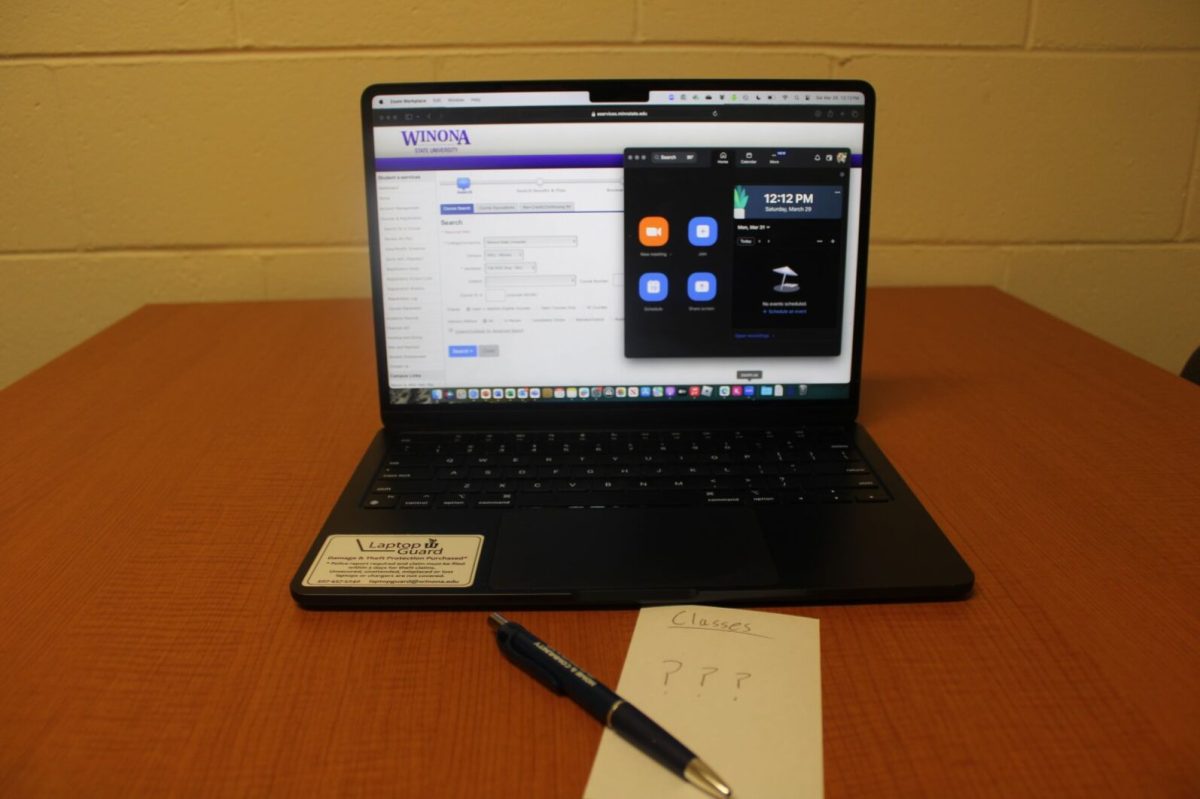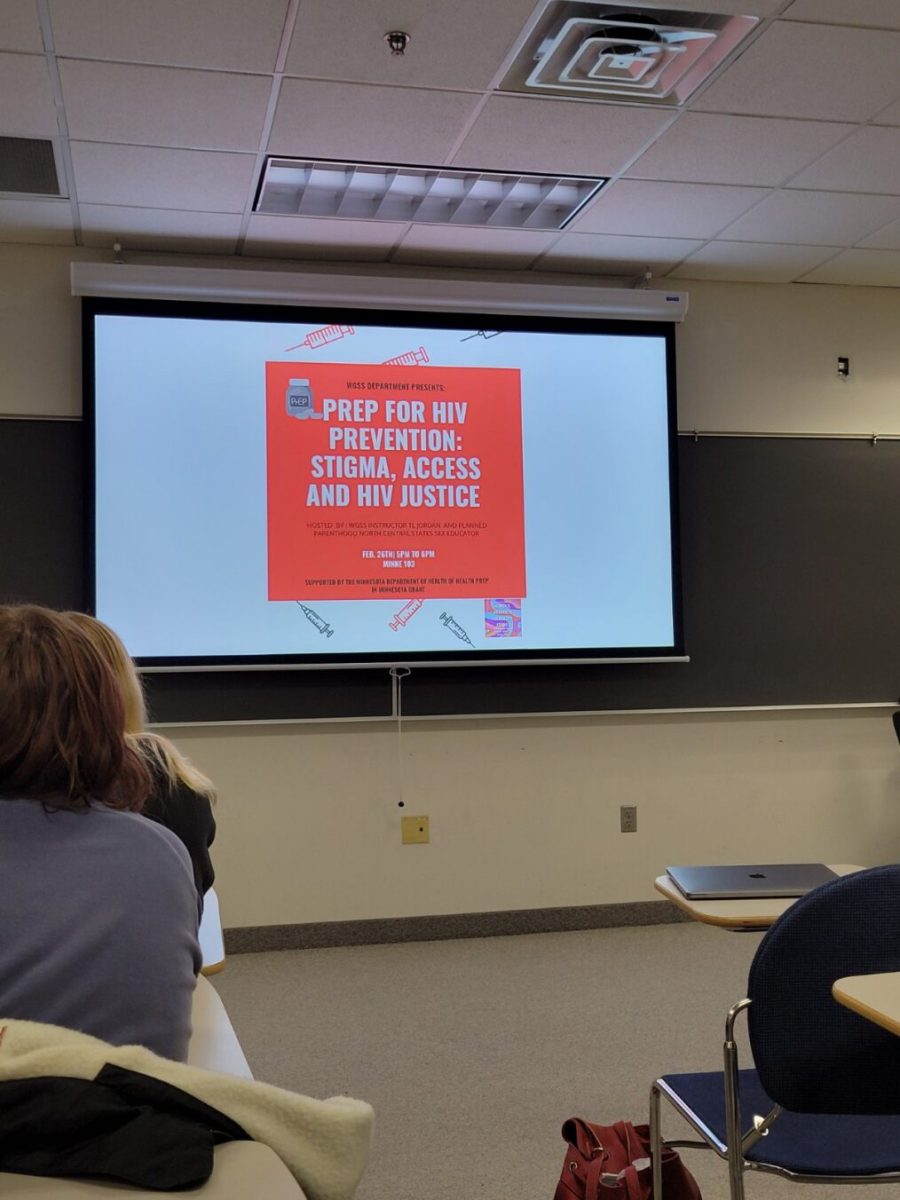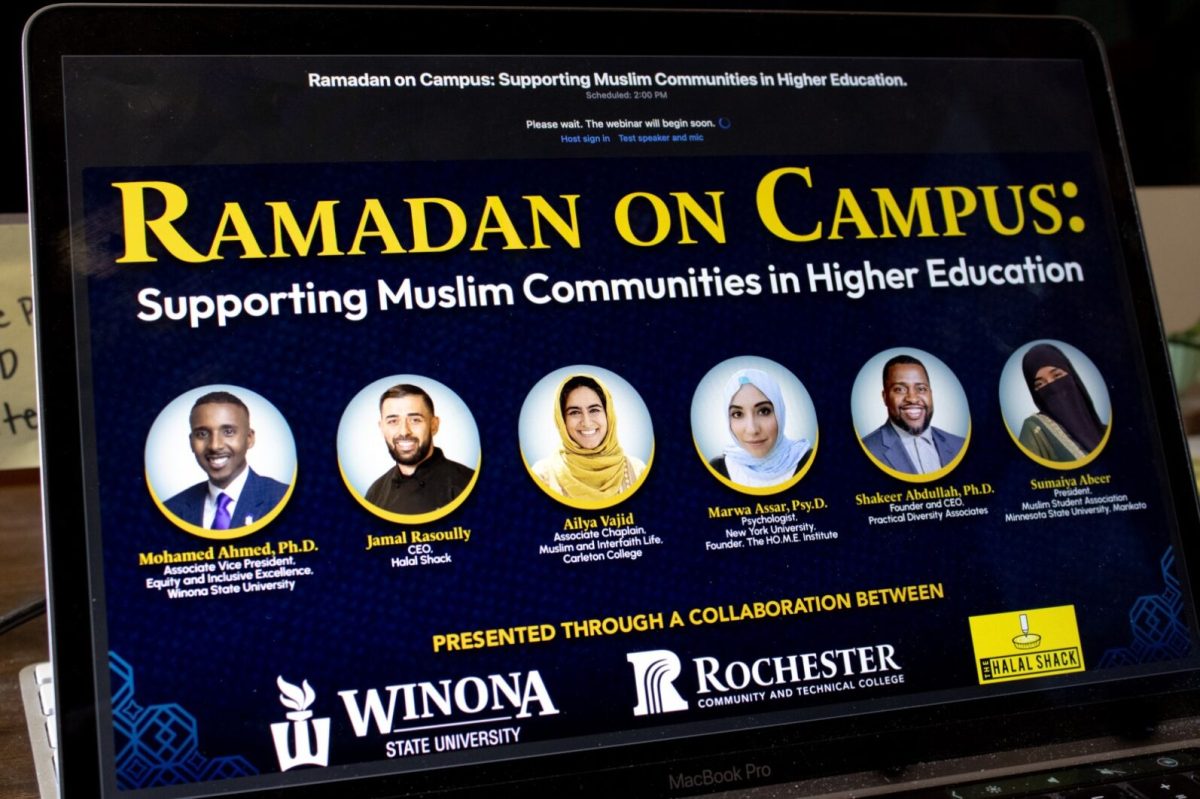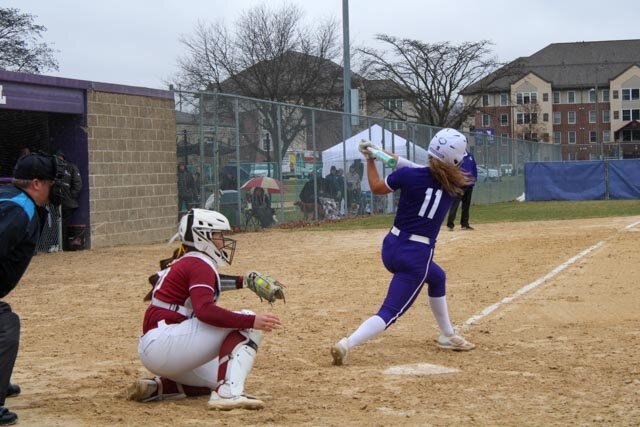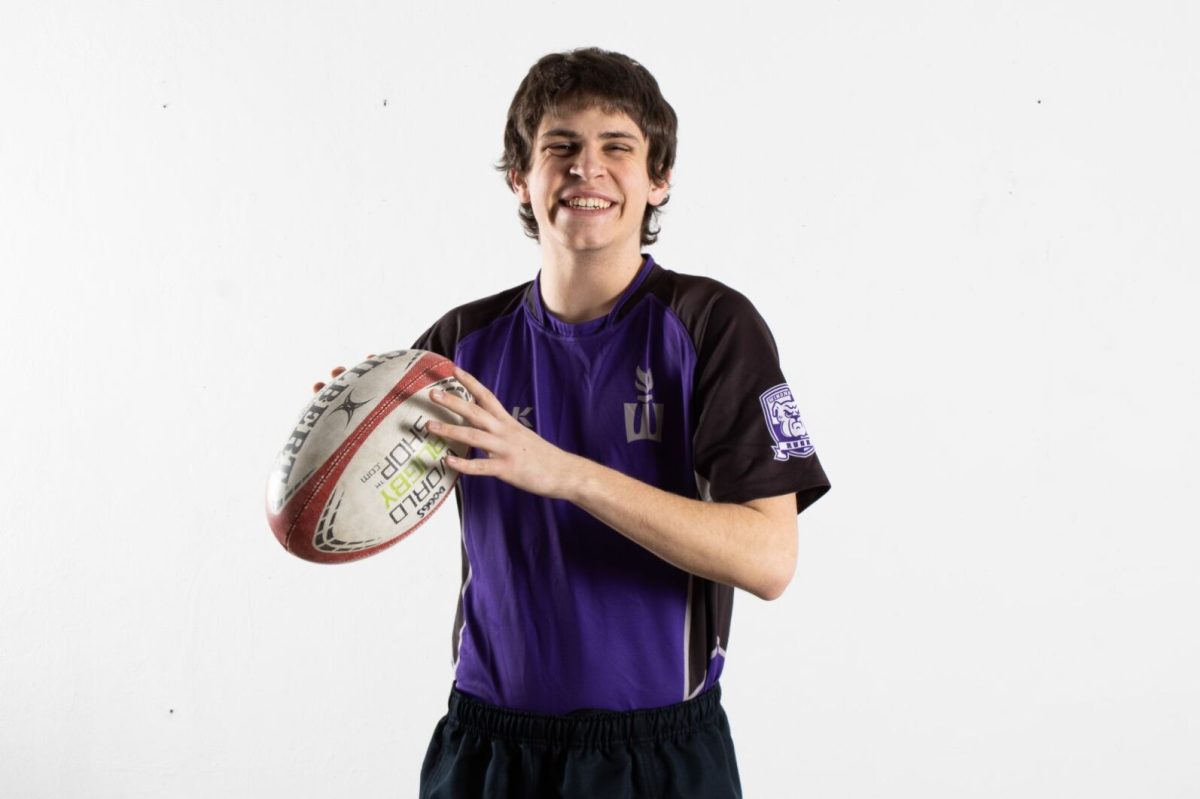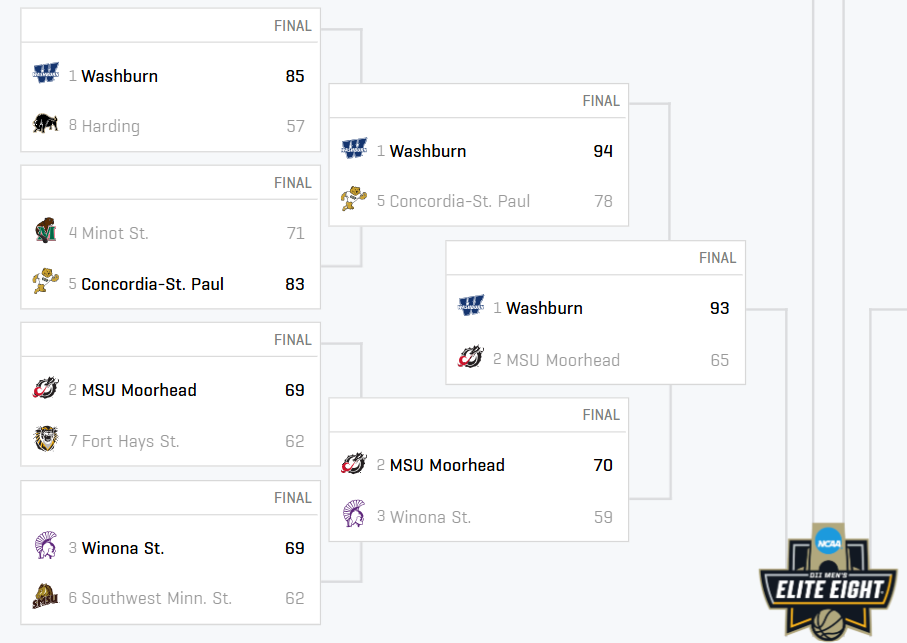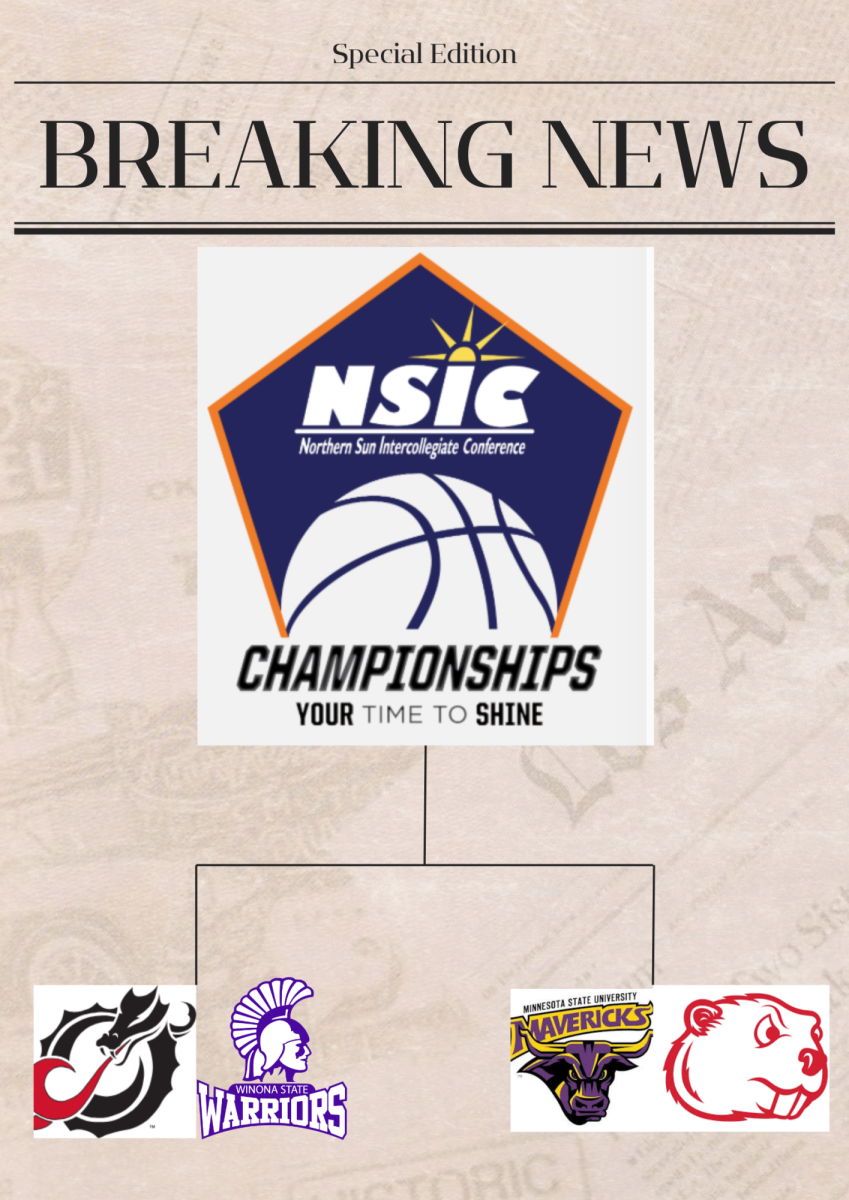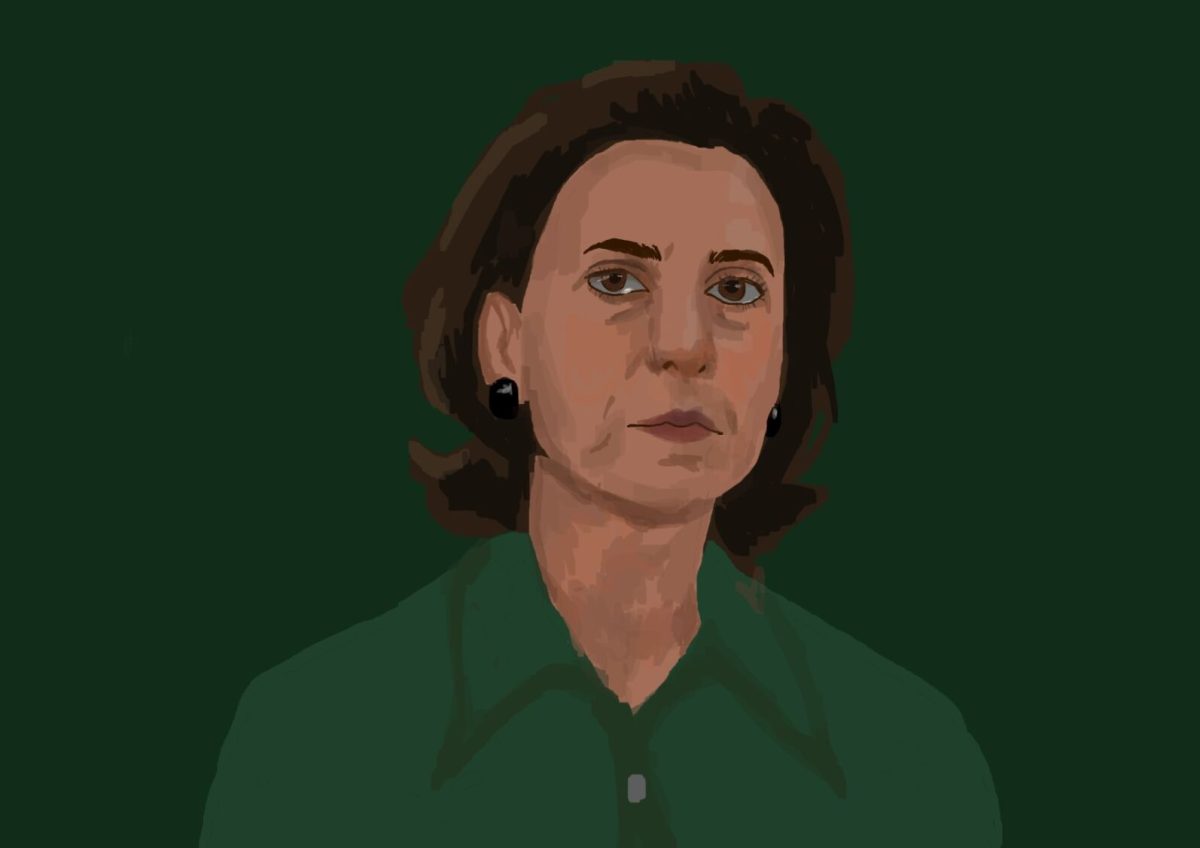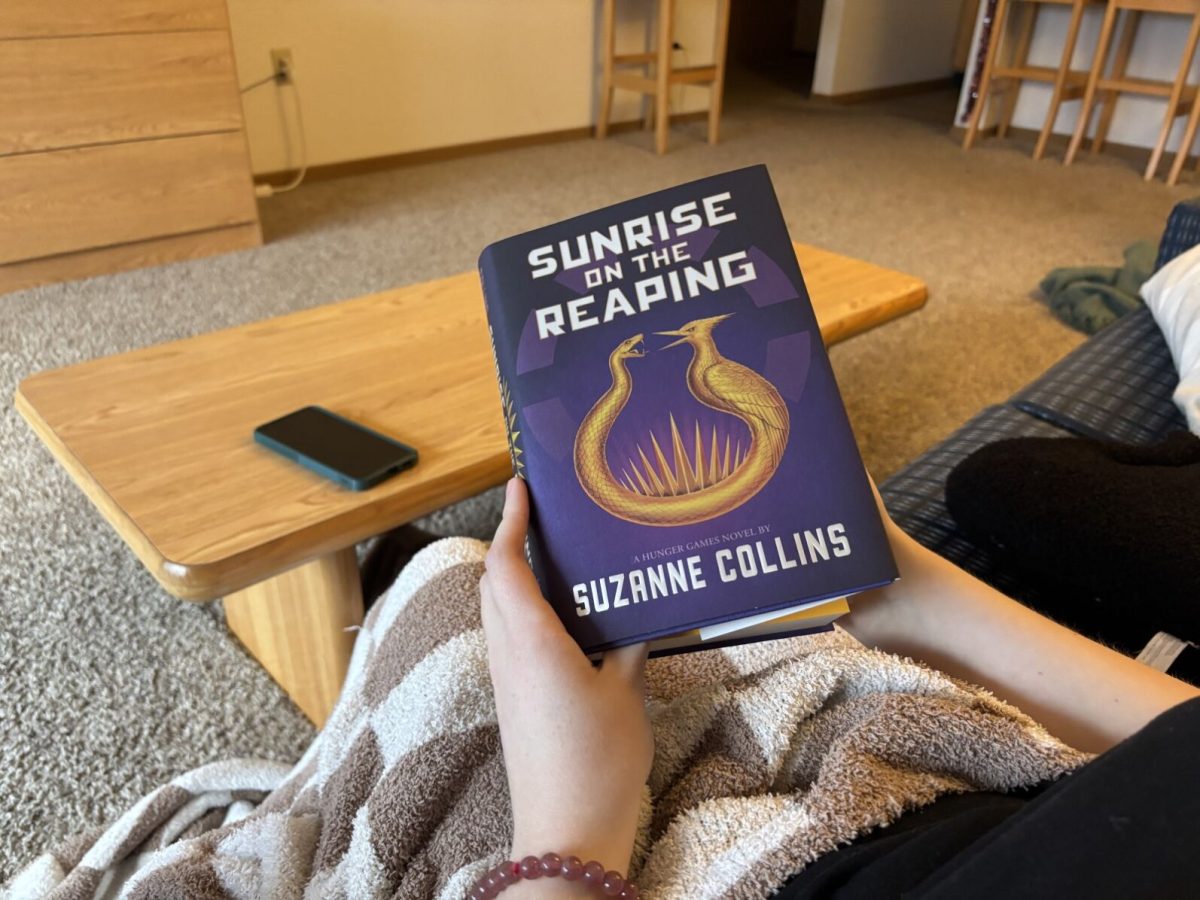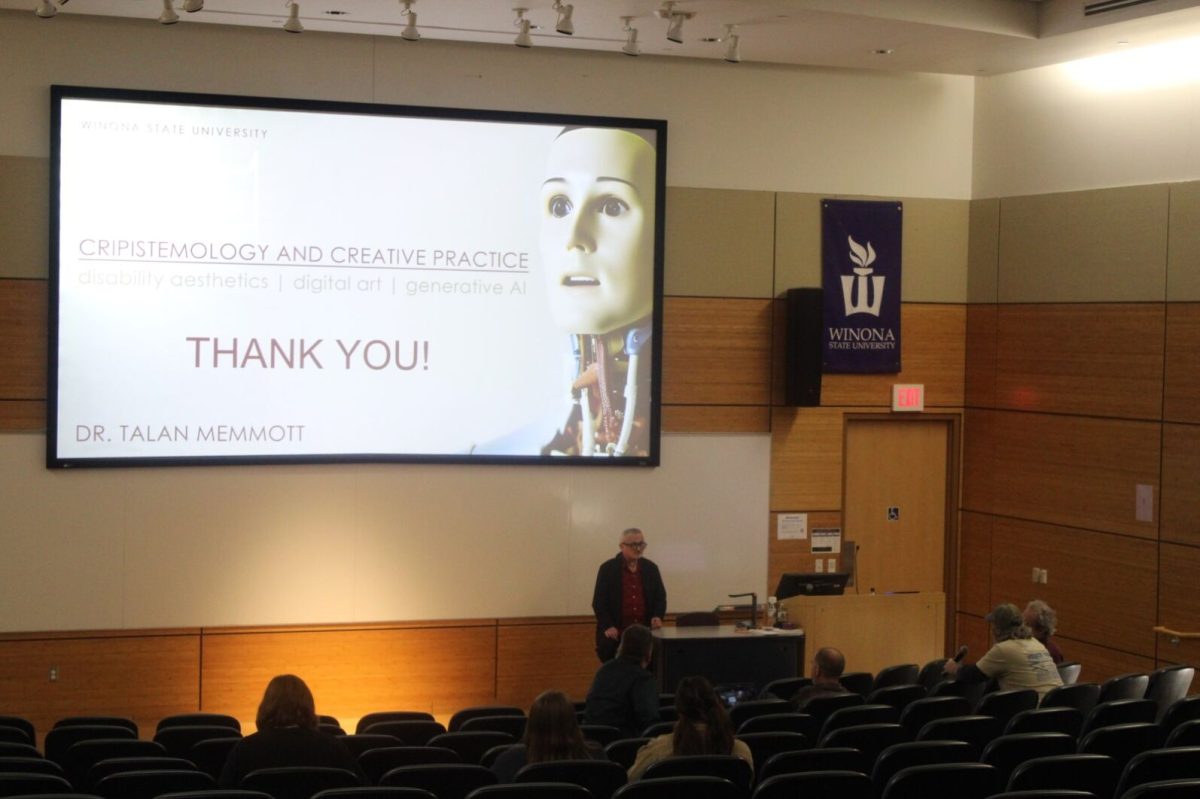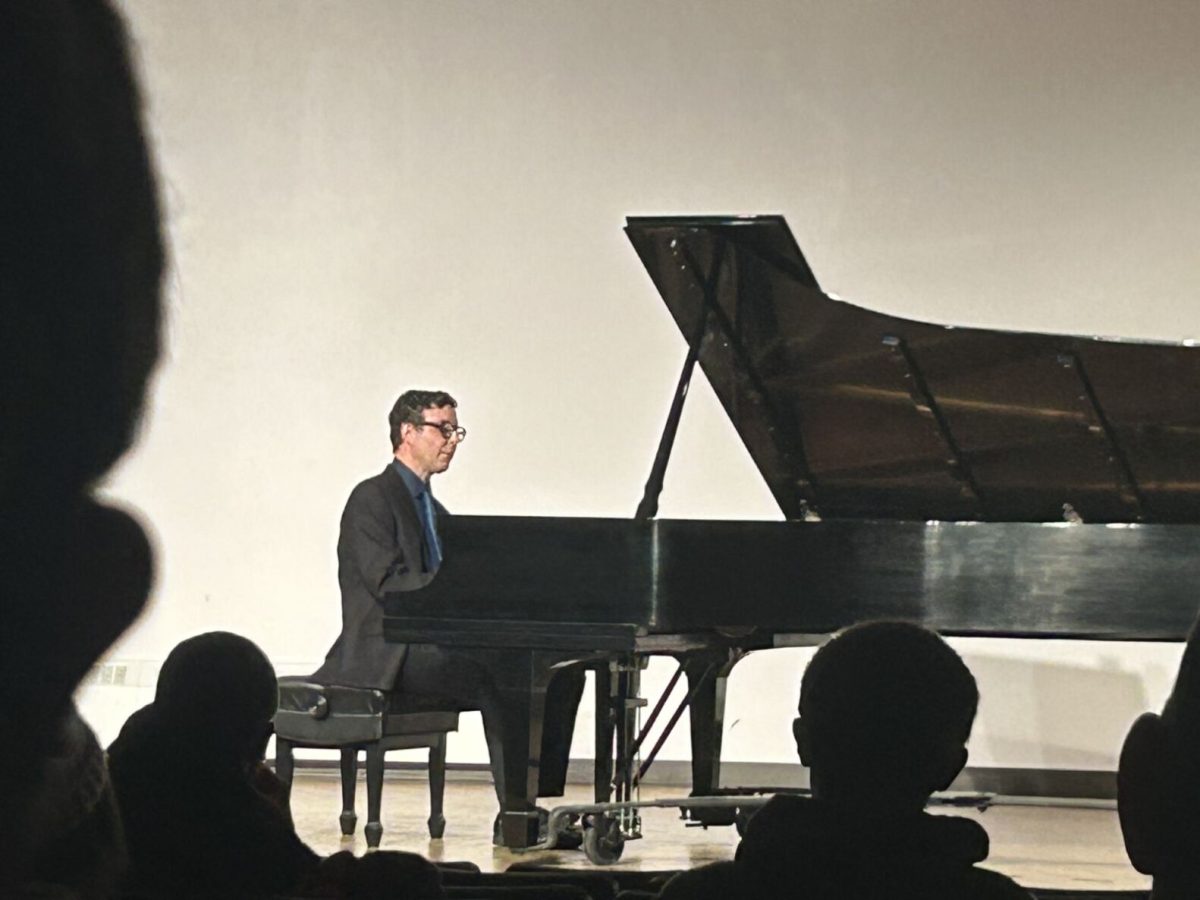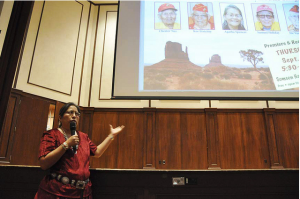
Elisenda XifraReverter/Winonan
Haley Loeffler/Winonan
The Navajo Oral History project premiered Sept. 13 at 5 p.m. in the Somsen auditorium.
This project is a cooperation between Winona State University and Dine’ College in Tsaile, Ariz.
Dine’ College serves the residents of the 26,000 square-mile Navajo Nation which is spread over Arizona, New Mexico and Utah. Founded in 1968, it was the first of 37 tribal colleges.
Students from Winona State traveled to Arizona for three weeks and learned about the Navajo culture. The project is mainly for students to learn about journalism and about cameras and interviews work together to make a great documentary.
Many of the student who attended this trip were already mass communication majors. They interviewed and photographed elders from the Navajo Nation. They then took all their research and footage, usually approximately four to six hours long, and narrow it down to a 20-minute film.
Then, at the end of the project, the Navajo students who worked with Winona State students traveled to Winona for the premiere. This week Winona State students will travel back to Arizona for the Dine’ college premiere, where the elders will see their work for the first time since giving the interviews.
This is the only project of its kind. Dr. Tom Grier, who coordinates the entire thing, says that they are working to preserve the stories that would otherwise be forgotten. In fact, the Smithsonian has requested copies of the videos made.
Of the elders who were interviewed, four of them were code talkers, and one was a faculty member from the Dine’ College.
Chester Nez is one of the original 29 code talkers from World War II. The military recruited 29 Navajo men to invent a code to speak with, in order to keep their movements a secret.
The Winona State students who worked with Chester Nez were Emily Gust, Kelly Kusilek and Elena Lavorato.
The students from Dine’ college were Kaitlyn Haskie and Marla Sandoval-Redhouse.
After each video played, the students stood up in front of the stage and each said a few words about what it meant to work on this project. Kusilek said the trip “was an eye opening experience.”
Lavorato discussed how “when you live for going to school and work, you get set into a routine, and this trip helped to break me of that routine. When I think I’m in over my head, I think of Chester sitting in that wheelchair, and I think, yeah, I can probably handle this.”
Each of the Navajo students first introduced themselves in English and then once more in Navajo, where they share his or her mother’s clan, his or her father’s clan, his or her maternal grandfather’s clan, and his or her paternal grandfather’s clan.
Kaitlyn began crying while speaking, saying that it was such an honor for her to be able to speak with an elder, to get close enough to form a connection to someone of such high esteem in her culture.
Kee Etsicity, who is ninety years old, was another code talker, although not one of the 29 original. Etsicity said, “I didn’t want to be part of war, I didn’t want to die.”
Of his memories of the war, Etsicity said, “When you get scared in a nightmare, you’ll remember that nightmare. When you get scared in combat, you’ll remember that, too.” He also went to a boarding school as a child.
Working with Etsicity was Kelsey Foss, Sammi Luhmann and Stefani Schmidt.
Three other documentaries were conducted, and a DVD of them may be purchased. All the proceeds go to the scholarship funds at Dine’ College. Contact Grier, if interested.
Contact Haley at HLoeffler11@winona.edu

